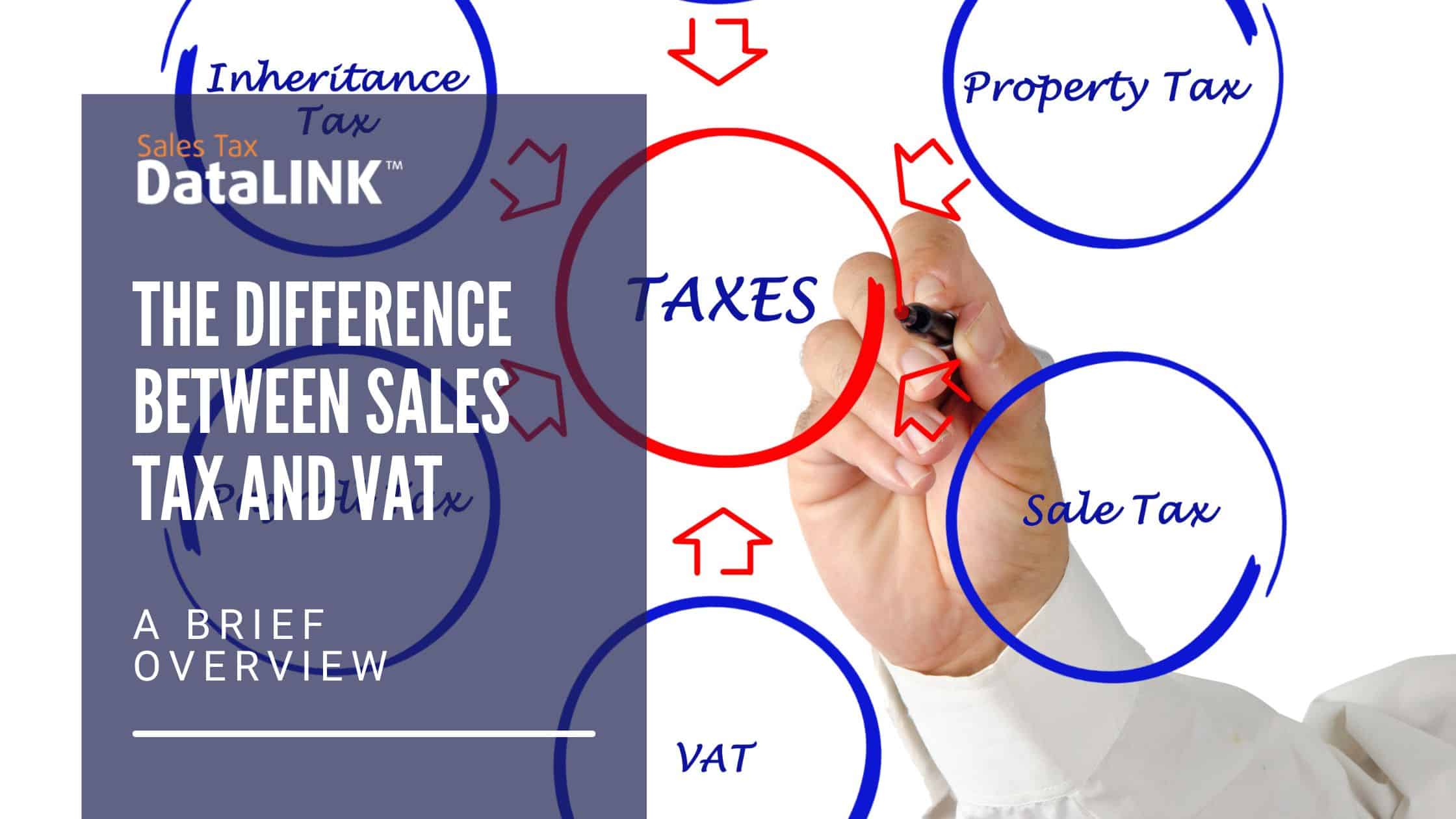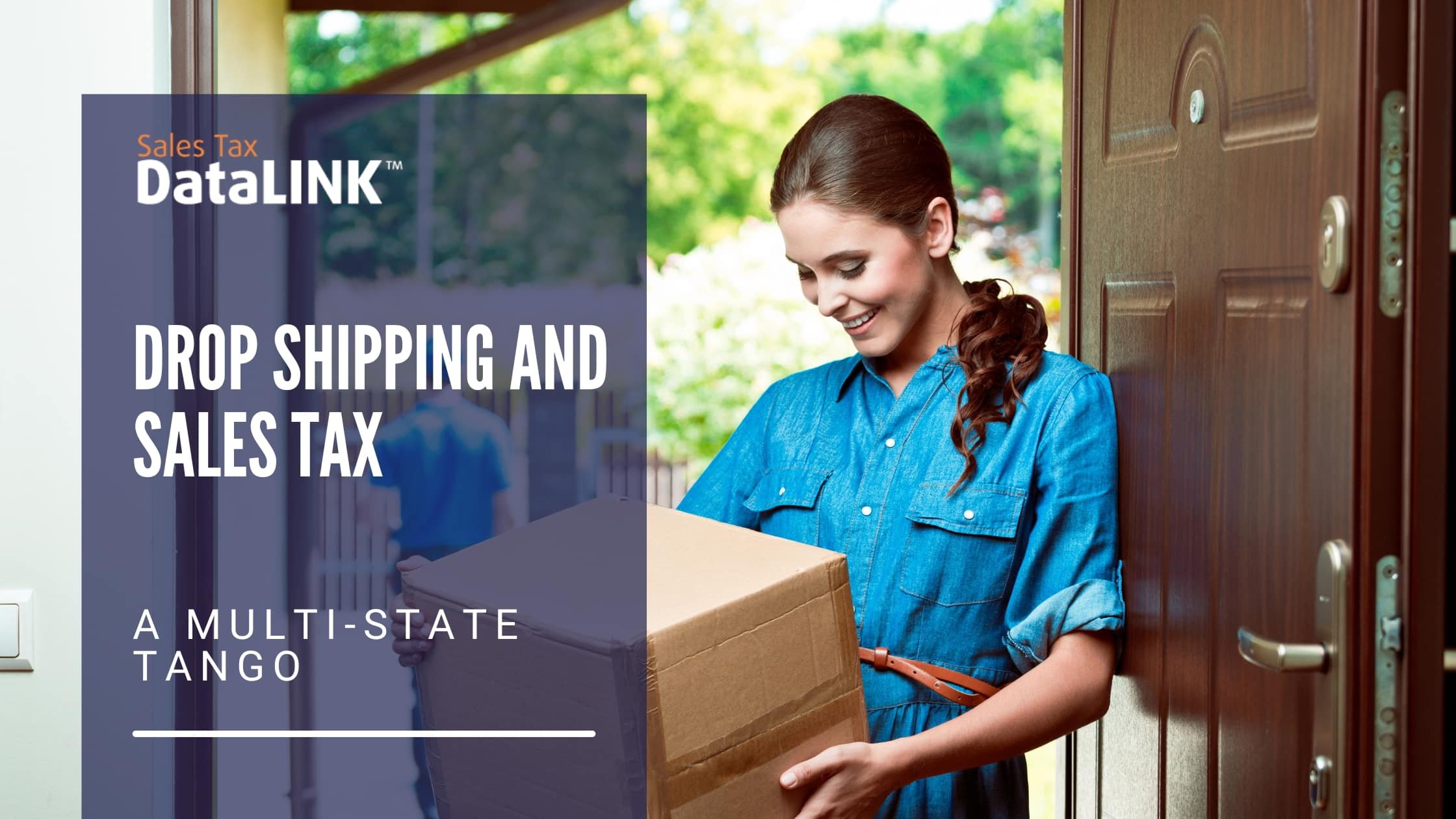When it comes to taxation, there are various methods employed by governments around the world. Two commonly used systems are sales tax and Value Added Tax (VAT). While both serve the purpose of generating revenue for the government, there are some key differences between them. Let’s explore the disparities between sales tax and VAT, how they are calculated, and their impact on businesses and consumers.
Sales Tax
Definition and Calculation
Sales tax is a form of consumption tax that is imposed on the sale of goods and services. It is typically collected by the seller at the point of sale and then remitted to the government. The tax rate is usually a percentage of the total sale price and can vary depending on the jurisdiction. In the United States, for example, sales tax rates can range from 0% to over 10% at the state and local levels.
Taxation Point
The point at which sales tax is imposed, also known as the taxation point, is a crucial aspect of sales tax. In most jurisdictions, sales tax is levied at the final point of sale, which is when a product or service is sold to the end consumer. This means that every time a consumer makes a purchase, a sales tax is applied to the total taxable price.
For example, let’s consider a scenario where a customer visits a retail store to purchase a laptop. The laptop’s price is $1,000, and the applicable sales tax rate is 8%. At the point of sale, the sales tax of $80 (8% of $1,000) will be added to the total purchase price. The customer will then pay a total of $1,080, inclusive of the sales tax.
The taxation point is significant because it ensures that the burden of sales tax falls on the end consumer rather than on businesses along the supply chain. This means that businesses are responsible for collecting and remitting the sales tax to the appropriate tax authorities based on the point of sale.
Tax on Final Sale Only
Another characteristic of sales tax is that it is only applied to the final sale. This means that each party involved in the supply chain, from the manufacturer to the retailer, does not have to pay sales tax on their intermediate transactions. Sales tax is only collected from the end consumer.
Value Added Tax (VAT)
Definition and Calculation
Value Added Tax (VAT) is a consumption tax that is levied on the value added at each stage of the production and distribution process. Unlike sales tax, VAT is collected incrementally throughout the supply chain. It is calculated based on the difference between the input tax (tax paid on purchases) and the output tax (tax collected on sales).
Taxation Point
VAT is imposed at every stage of the supply chain, starting from the manufacturer to the wholesaler, retailer, and finally the end consumer. Each party involved in the production and distribution process is responsible for collecting VAT on their sales and remitting it to the government.
Tax on Intermediate Transactions
One of the key differences between sales tax and VAT is that VAT is imposed on intermediate transactions, not just the final sale. This means that each party involved in the supply chain must pay VAT on their sales. Buyers can claim back the VAT they paid on their purchases, among them all 27 EU member states and the United Kingdom. This list includes Australia, Austria, Belgium, Bulgaria, Canada, Canary Islands, Croatia, Cyprus, Czechia, Denmark, Estonia, Finland, France, Germany, Greece, Holland, Hungary, Iceland, Ireland, Italy, Japan, Latvia, Liechtenstein, Lithuania, Luxembourg, Macedonia, Malta, Monaco, Norway, Poland, Portugal, Romania, Serbia, Slovakia, Slovenia, South Korea, Spain, Sweden, Switzerland, Turkey, and United Kingdom.
Example
Let’s consider a simple example of a T-shirt production and distribution process. The manufacturer sells the T-shirt to the wholesaler for $10, with a VAT rate of 10%. The VAT collected on this transaction would be $1. The wholesaler then sells the T-shirt to the retailer for $15, collecting an additional $1.50 in VAT. Finally, the retailer sells the T-shirt to the end consumer for $20, charging an additional $2 in VAT.
Impact on Businesses and Consumers
Sales Tax
For businesses, sales tax can be a complex process to navigate, especially if they operate in multiple jurisdictions with different tax rates. They are responsible for collecting and remitting the correct amount of sales tax to the government. This can involve keeping track of sales, maintaining accurate records, and staying up to date with tax law changes.
Consumers, on the other hand, bear the burden of sales tax as it is added to the final purchase price. The total price they pay at the point of sale includes the sales tax. The impact of sales tax on consumers can vary depending on the tax rate and the types of goods and services they purchase.
VAT
For businesses, VAT can also be complex to manage, particularly for those operating in countries with multiple VAT rates. However, unlike sales tax, businesses can claim back the VAT they paid on their purchases, reducing their overall tax liability. This can help alleviate the burden of VAT for businesses.
Consumers, on the other hand, may not be directly aware of the VAT they are paying. Unlike sales tax, VAT is usually included in the displayed price of goods and services. This means that the final purchase price already includes VAT, and consumers do not have to calculate it separately.
Summary
Sales tax and VAT are two different methods of taxation that governments use to generate revenue. Sales tax is imposed on the final sale to the end consumer, while VAT is levied at each stage of the production and distribution process. The main differences lie in the point of taxation, treatment of intermediate transactions, and the ability of businesses to claim back taxes. Understanding these disparities is essential for businesses and consumers to navigate the tax landscape effectively.
Why Choose Sales Tax DATALINK?
Sales Tax DataLINK is a valuable solution for businesses looking to streamline their sales tax management processes. With its automation capabilities, Sales Tax DataLINK simplifies the calculation and reporting of sales tax, saving businesses time, and reducing the risk of errors. By integrating with existing systems and providing up-to-date information on sales tax rates and rules, Sales Tax DataLINK ensures compliance with local regulations. Our software also offers comprehensive reporting and analytics, giving businesses insights into their sales tax obligations and helping them make informed decisions. With Sales Tax DataLINK, you can effectively manage your sales tax and focus on your core operations, ensuring smooth and efficient operations.




